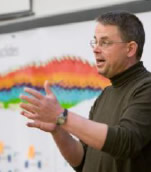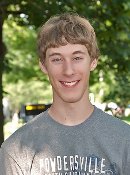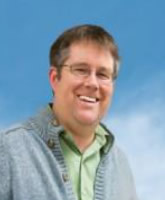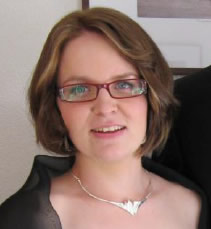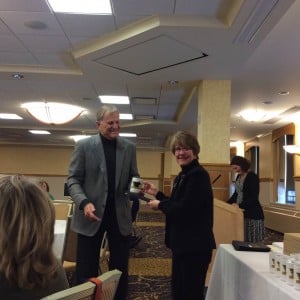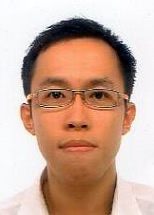 Physics Colloquium
Physics Colloquium
Michigan Technological University
Thursday, February 26, 2015
4:00 pm
Room 139, Fisher Hall
Novel Two-Dimensional Materials – Boron Nitride Nanomesh & Molybdenum Disulfide Quantum Dots
Jarvis Loh
Department of Physics, Michigan Technological University
Institute of High Performance Computing, A*STAR Singapore
